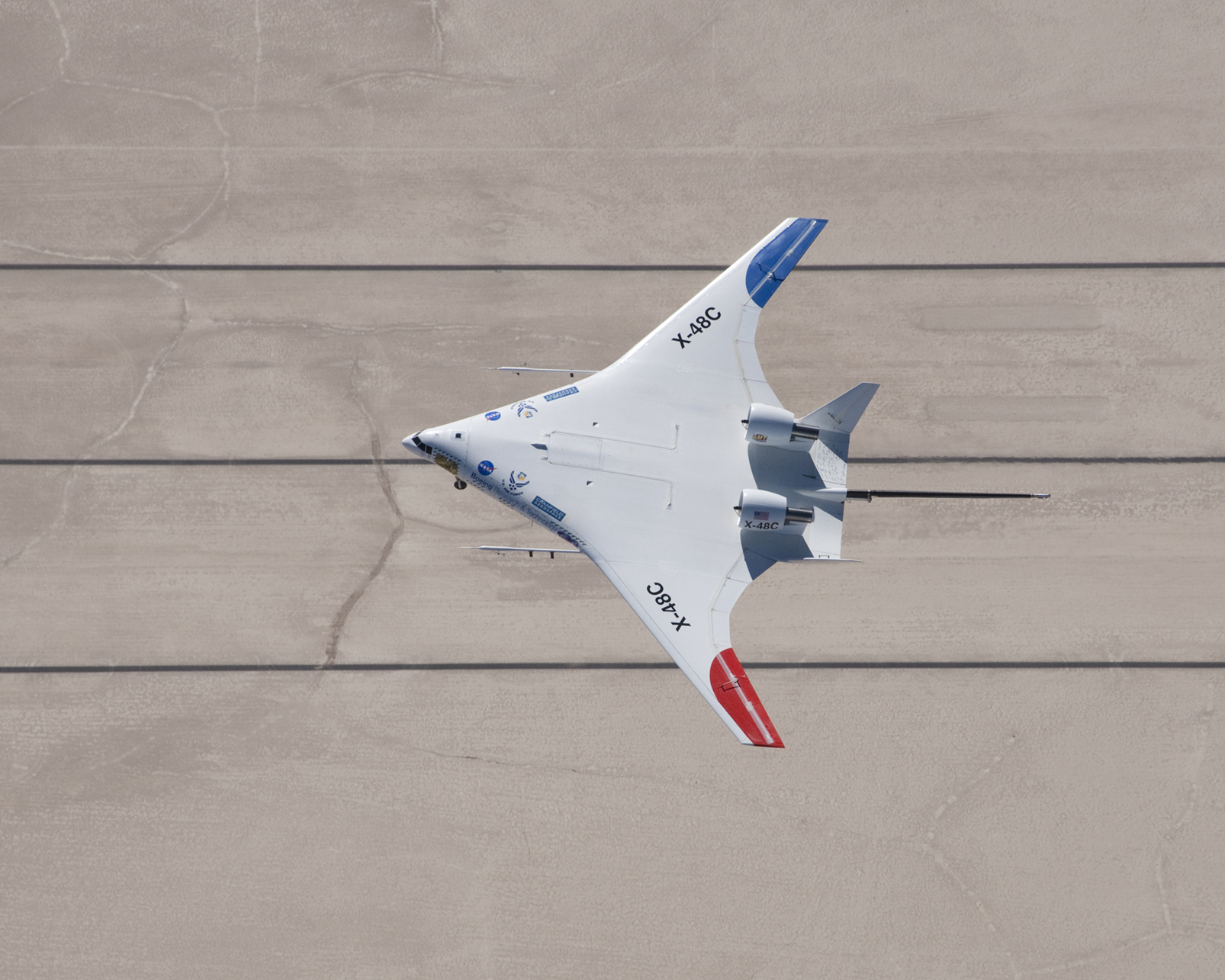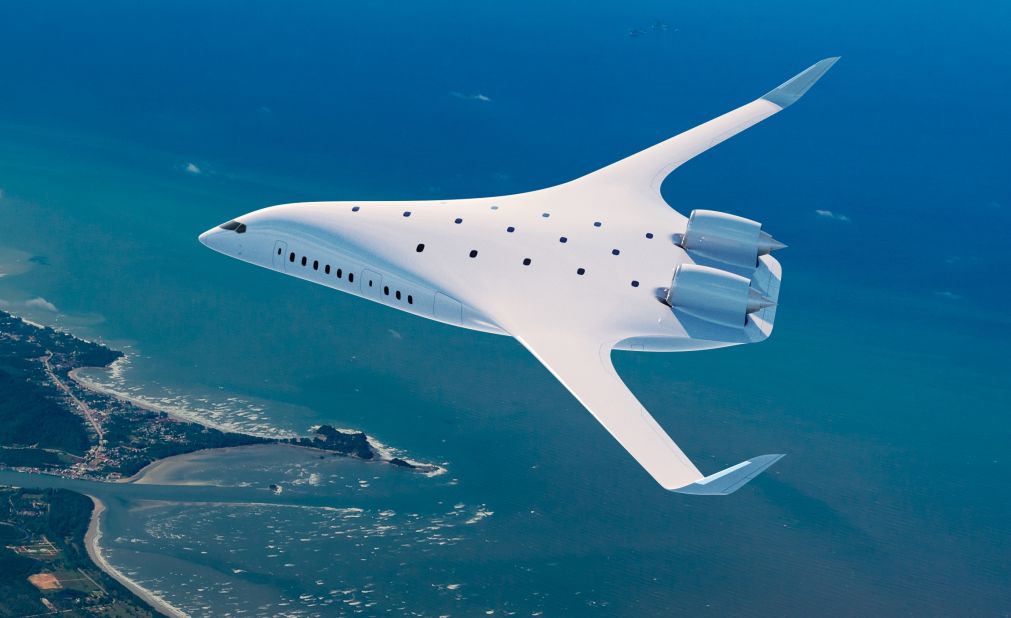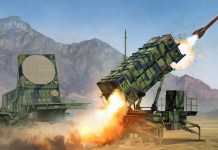California-based aerospace start-up JetZero has soared ahead in its mission to revolutionize air travel. Its groundbreaking Pathfinder aircraft recently secured the US FAA’s Airworthiness certificate.
JetZero’s milestone – Pathfinder aircraft’s Federal Aviation Administration (FAA) airworthiness certificate — paves the way for imminent test flights of the futuristic 1:8 scale “blended wing body” demonstrator plane, representing a significant leap forward in aviation innovation. (The FAA is a US federal government agency within the US Department of Transportation that regulates civil aviation in the United States and surrounding international waters.)
With the FAA’s clearance in hand, the Pathfinder is poised to undergo rigorous flight tests at the prestigious Edwards Air Force Base in California. The Pathfinder, featuring a 23-foot wingspan, is a scaled model of JetZero’s ambitious vision for a full-size blended-wing Jetliner.
The airplane’s uniqueness lies in its unconventional structure, where wings and fuselage are seamlessly merged into one. Unlike traditional aircraft designs, the blended-wing concept prioritizes aerodynamic efficiency, resulting in improved lift generation and fuel economy.
According to JetZero, the Pathfinder promises exceptional performance, with claims of halving fuel consumption compared to similarly-sized commercial jets. Also, its unique layout, with engines positioned atop the body, is expected to reduce noise emissions significantly: estimated to be four times quieter than conventional counterparts.

In an industry increasingly under pressure to mitigate carbon emissions, JetZero’s potential breakthrough comes as a beacon of hope. The blended-wing design, reminiscent of military “flying wing” aircraft like the iconic B-2 bomber but with added volume in the middle section, represents a promising avenue for greener air travel.
Both aviation giants, Boeing and Airbus, are exploring similar concepts, which underscore the industry’s collective pursuit of sustainability.
JetZero’s latest milestone brings the dream of blended-wing aircraft closer to reality, with ambitions to introduce commercial service by 2030.
The company, in collaboration with aerospace and defense giant Northrop Grumman, is developing a full-size prototype of the blended-wing aircraft.
The prototype will accommodate a similar number of passengers as a Boeing 767, which typically seats around 270 individuals, and it will boast a wingspan comparable to that of an Airbus A330. However, test flights for this prototype are not expected to commence until 2027 at the earliest.
The company’s efforts have garnered recognition and support from key stakeholders. JetZero was awarded a substantial $235 million contract from the US Air Force last year, emphasizing the military’s interest in highly efficient blended wing body technology.
Additionally, JetZero has secured funding from NASA’s Sustainable Flight Demonstrator program.
Blended Wing Aircraft
The blended wing concept has a rich history, dating back to the late 1920s in Germany, with American aircraft designer Jack Northrop’s jet-powered flying wing design in 1947 serving as a notable milestone.
This innovative design, a hybrid of a flying wing and a traditional “tube and wing,” enables the entire aircraft to generate lift, thereby minimizing drag. NASA has extensively studied this concept, utilizing experimental planes like the X-48 to test its feasibility.
Between 2007 and 2013, NASA conducted 122 test flights with two unmanned, remote-controlled X-48s, demonstrating the viability of the blended wing concept. The agency highlighted the potential benefits of such aircraft, including increased fuel economy, larger payload areas, reduced noise, emissions, and operational costs compared to conventional transport aircraft.
Airbus also entered the arena in 2020, constructing a small-blended wing demonstrator, indicating interest in developing a full-size aircraft in the future.
In early 2023, Boeing also revealed a newly blended wing body concept that could potentially replace the tactical airlifter C-130 or serve as a strategic transport of a size similar to the C-17.

Despite this design’s effectiveness, transitioning to aircraft based on the blended wing design faces a significant technical challenge: pressurizing a non-cylindrical fuselage. Unlike traditional tube-shaped planes, blended wings integrate pressurization and bending loads, necessitating advanced composite materials to meet structural requirements.
Nonetheless, the blended wing’s efficiency and aerodynamic advantages are compelling. JetZero, for instance, asserts that its aircraft will burn half the fuel of next-generation commercial airliners while offering around 30% less drag and increased space for passengers and cargo.

The company aims to deliver an aircraft with the passenger capacity and range of a small widebody, utilizing engines from existing narrowbody planes.
Yet, building an entirely new aircraft from scratch poses significant challenges, including the lengthy certification process. JetZero’s ambitious targets reflect the monumental task ahead, but the promise of a more efficient and spacious aircraft drives their pursuit.
As the aviation industry navigates towards sustainability and efficiency, the blended wing concept represents a tantalizing prospect for the future of air travel, albeit one requiring careful navigation of technical and regulatory hurdles.
- Contact the author at ashishmichel(at)gmail.com
- Follow EurAsian Times on Google News




